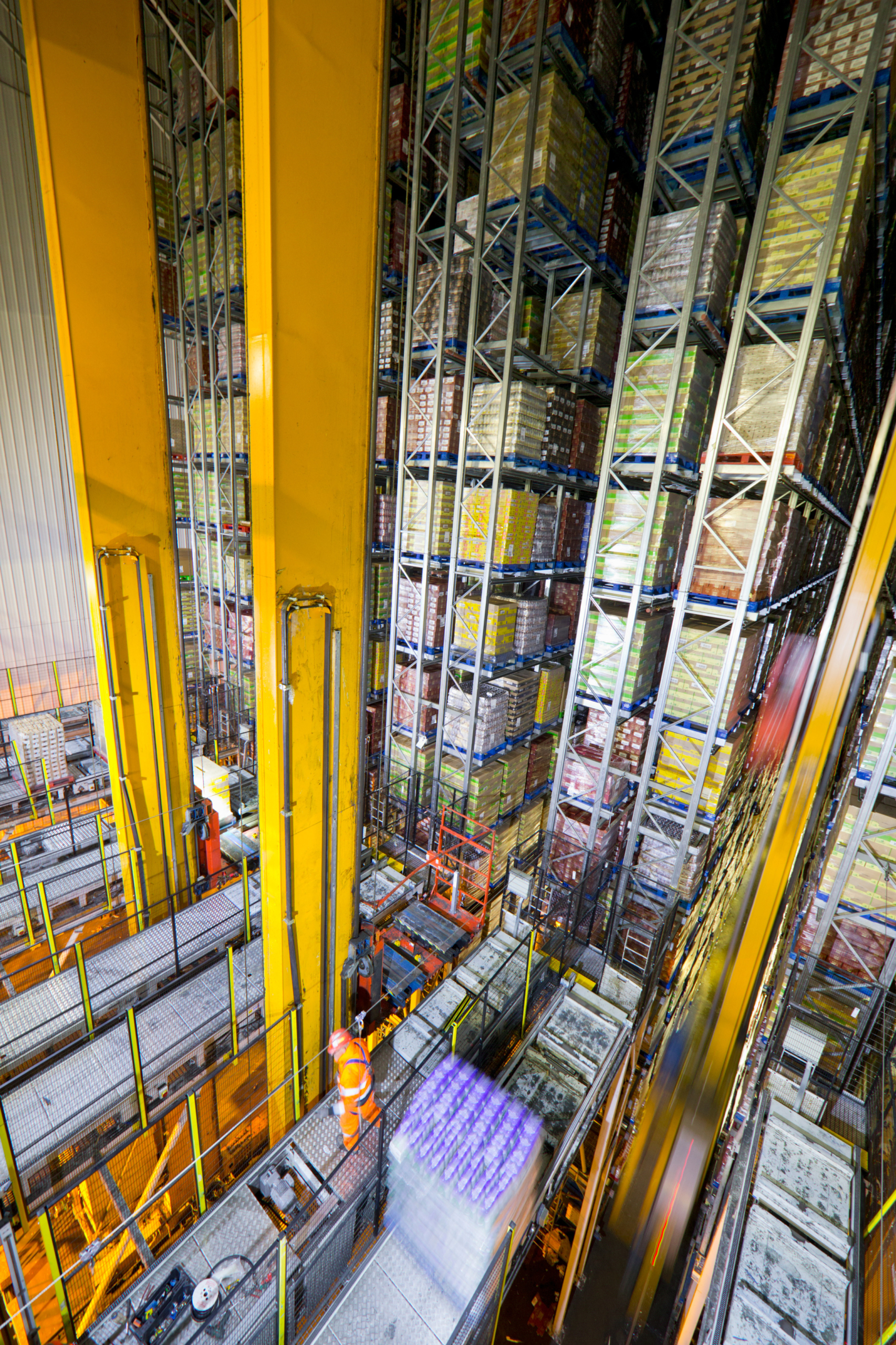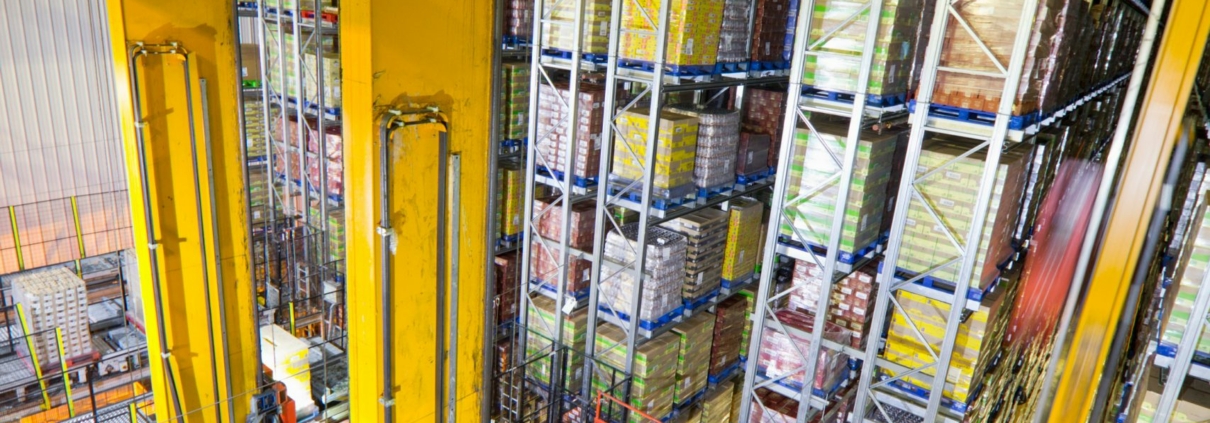Warehouse Automation and the Wood Pallet

Warehouse Automation and the Wood Pallet
The wood pallet is a proven workhorse of material handling; it has meshed seamlessly with material handling equipment for decades. However, the fulfillment market is changing, and the rise of ecommerce has driven the need for more inventory positioned in distribution facilities closer to customers. This strategy allows for speedier delivery of a vast range of products to impatient consumers.
Material handling technology is trending toward automation systems, such as automated storage and retrieval systems (AS/RS), that can provide greater storage density and improved efficiency. In a recent blog, we discussed the relationship between pallets and new forklift technologies. Here, we explore the connection between pallets and automation more generally by asking four basic questions.
What is driving the warehouse automation trend?
Investment in warehouse automation has increased in recent years. Labor shortages have been one of the drivers. “There are fewer people willing to work in warehouse conditions, which can be physically demanding,” one expert recently told Modern Materials Handling. The ability of automated warehouses to reduce labor requirements and reduce operating costs are very attractive selling points. As one researcher noted, “efficient material handling can reduce operation costs by 15%- 30%.”
Another driver has been the need for greater storage capacity. The need to have inventory on hand to enable shorter delivery times as well as rising real estate prices have resulted in warehouses looking to hold more stock at existing locations. Automated systems that can help facilities increase their storage capacity have become more attractive.
Given the growing diversity of items shipped directly to customers, and the introduction of ecommerce in many facilities, warehouse operations are more complex than ever. The ability of automation to reduce complexity is a compelling feature.
Along with reducing complexity, automation can help facilities improve shipping accuracy and the speed of delivery. Both features are critical for increasingly sophisticated online shoppers.
How widely is warehouse automation utilized?
While the adoption of automation is trending, it still has not become the status quo for material handling. According to a 2019 Modern Materials Handling survey, 23% of the respondents report using automated palletizing/depalletizing equipment while 33% use automated materials handling equipment, and 24% use automated storage equipment. However, the majority of companies (51-63%) still use manual systems.
What problems do automated system users experience with wood pallets?
The quality of recycled wood pallets can pose a problem for automation, according to Laszlo Horvath, director of the Center for Packaging and Unit Load Design at Virginia Tech University. “The issue was coming up a lot,” he told Supply Chain Management Review in 2019. “A lot of companies were concerned that the pallets they were using weren’t designed for use on certain equipment,” Horvath continues, “with the primary culprits being low-quality pallets that were clogging and jamming their systems.”
The magazine’s 2019 survey found that half of the companies that employ either semi-automated or fully automated storage systems report having pallet-related performance issues on a daily or weekly basis.
The top problems include poor-quality or missing bottom boards, missing or damaged components, and excessive deflection. Poor quality or missing bottom boards resulted in jams or faults for 17.5% of respondents daily, or 47.5% on a weekly basis. Missing or damaged components resulted in improper placement for 17.5% on a daily basis and 45% each week. Pallet deflection caused retrieval difficulty for 10% of respondents each day and 30% every week.

What is the best way to choose wood pallets for automated warehouse systems?
There is a trade-off between the flexibility of an automated system to handle pallet variability and overall cost. Building in more flexibility may cost more for the automation investment, initially, but it will allow an operation to use a lower quality wood pallet and potentially reduce costs in the long run.
Unit load experts stress the importance of designing for pallets at the same time that your automation project is under development. The wood pallet should be considered as an element of the automated system rather than an afterthought.
As such, it is a best practice to connect your pallet supplier with the system designer to ensure that the pallet will be a good fit. Likewise, a robust quality assurance program is required to ensure that wood pallets will continue to perform as needed in your system.
Ultimately, the best pallet for your automation system is one that has been included in the project design to ensure optimal performance, and one that will continue to be inspected and maintained throughout its life cycle.



